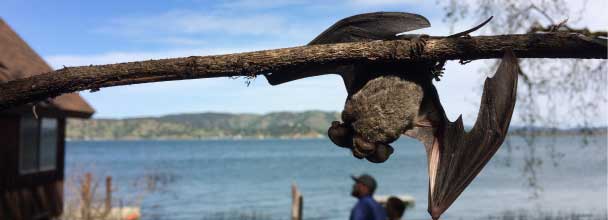Do Not Use Spray Foam

Here at Western Bat Specialists we care about bats! We do not use products that can harm bats!
Bats love to gain access to corrugated metal, walls, siding, tile roofs and many other materials! They will travel far up into the roofing system, walls and insulated cavities and roost. In our industry you find many times people will use spray foam to plug up the corrugated metal or other openings to keep Bats from getting in. This leads to death of many bats!









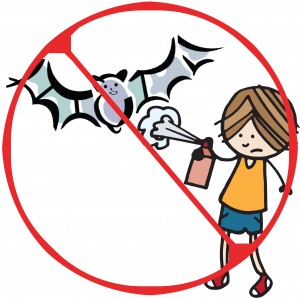
 successful because bats are often hiding in areas of the building that are not accessible. If bats become scared they can travel back into the structure and become trapped. Even if bats are in an area that is open, attempts to capture them will likely cause them to flee into inaccessible areas of the structure. Trapping bats as they exit a building does not work either because bats are frequently injured or die in the process of being captured and transported to a new location. Although this may appear to solve the problem temporarily, bats will almost always instinctively return to their old roosting location, even if it requires flying hundreds of miles.
successful because bats are often hiding in areas of the building that are not accessible. If bats become scared they can travel back into the structure and become trapped. Even if bats are in an area that is open, attempts to capture them will likely cause them to flee into inaccessible areas of the structure. Trapping bats as they exit a building does not work either because bats are frequently injured or die in the process of being captured and transported to a new location. Although this may appear to solve the problem temporarily, bats will almost always instinctively return to their old roosting location, even if it requires flying hundreds of miles.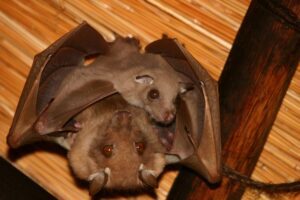
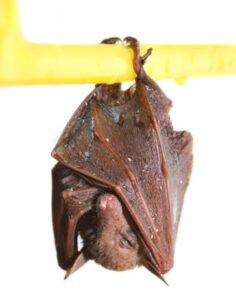
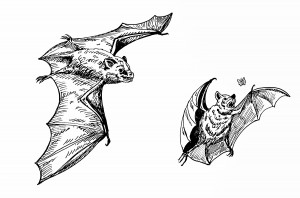 Remember bats are a vital part of our eco-system, eating many insects (including mosquitoes) as part of their nightly diet. A favorite culinary delight of the Mexican Free-tailed bat is the corn earworm moth. The Pallid Bat loves scarab beetles. He also is know to eat grasshoppers, moths and termites, among other things.
Remember bats are a vital part of our eco-system, eating many insects (including mosquitoes) as part of their nightly diet. A favorite culinary delight of the Mexican Free-tailed bat is the corn earworm moth. The Pallid Bat loves scarab beetles. He also is know to eat grasshoppers, moths and termites, among other things.
